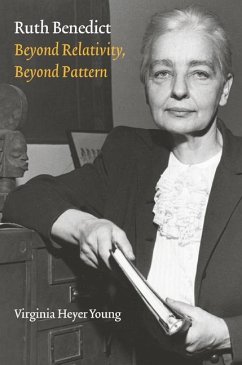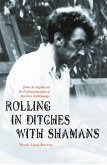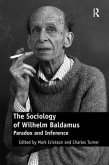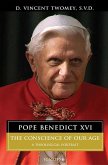Considered one of the most influential and articulate figures in American anthropology, Ruth Benedict (1887-1948) was trained by Franz Boas at Columbia and Elsie Clews Parsons, and collaborated with the equally renowned anthropologist Margaret Mead, her student with whom she was for a time romantically involved. When Benedict died suddenly at the age of sixty-one, she was popularly known for two best-selling works: Patterns of Culture, which became an exemplary model of the integration of societies, and The Chrysanthemum and the Sword, a study of Japanese culture commissioned by the U.S. Government during World War II. Benedict's lasting contribution to anthropology, however, cannot be fully appreciated solely through her more famous works. Equally innovative were unpublished or little-noticed writings on cross-cultural attributes of free societies, on the national cultures of Thailand and Romania, and a comparison of Asian consensus politics with American political patterns. This biography by one of Benedict's last graduate students, Virginia Heyer Young, draws on these works, on Benedict's correspondence and collaborative work with Margaret Mead, and on unpublished course notes. Young finds the ordering patterns in the rich materials Benedict left in her papers and demonstrates that Benedict was embarking on new interpretive directions in the last decade of her life--bringing her methods of holistic comparison to bear on contemporary cultures and on the dynamics of social cohesion. Benedict's work, in fact, anticipated trends in anthropology in the decades to come by projecting a framework of individuals not only shaped by their culture but also using their culture for personal orcollective objectives. Young's arresting, nuanced, and melancholic portrait of Benedict in her last years leads one to wonder what direction American anthropology might have taken had Benedict completed the book she was working on at the time of her death which was to include








